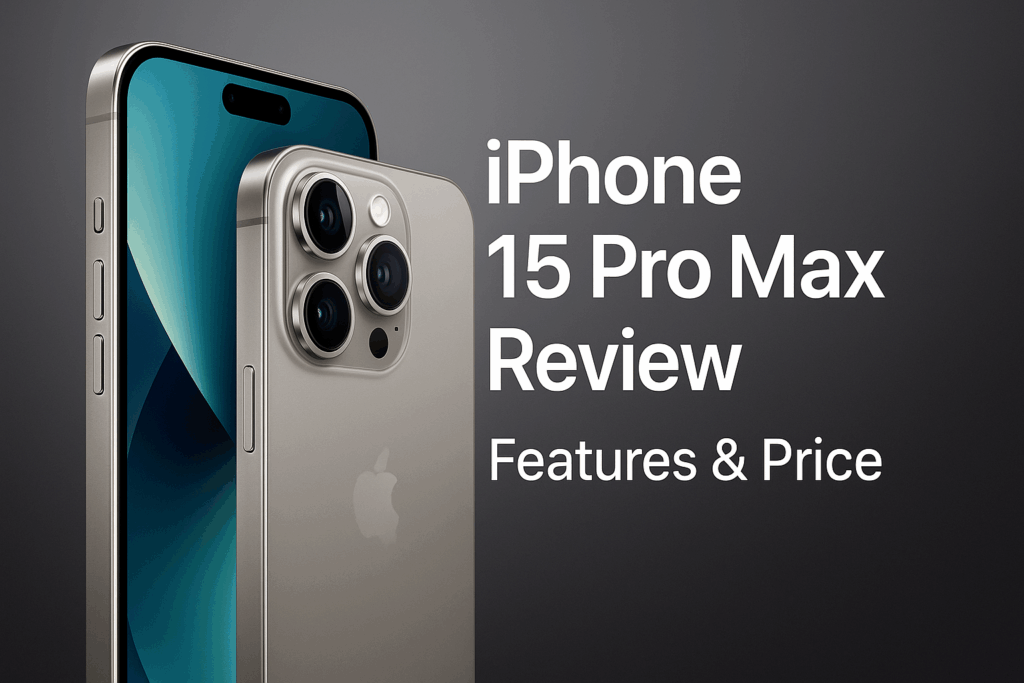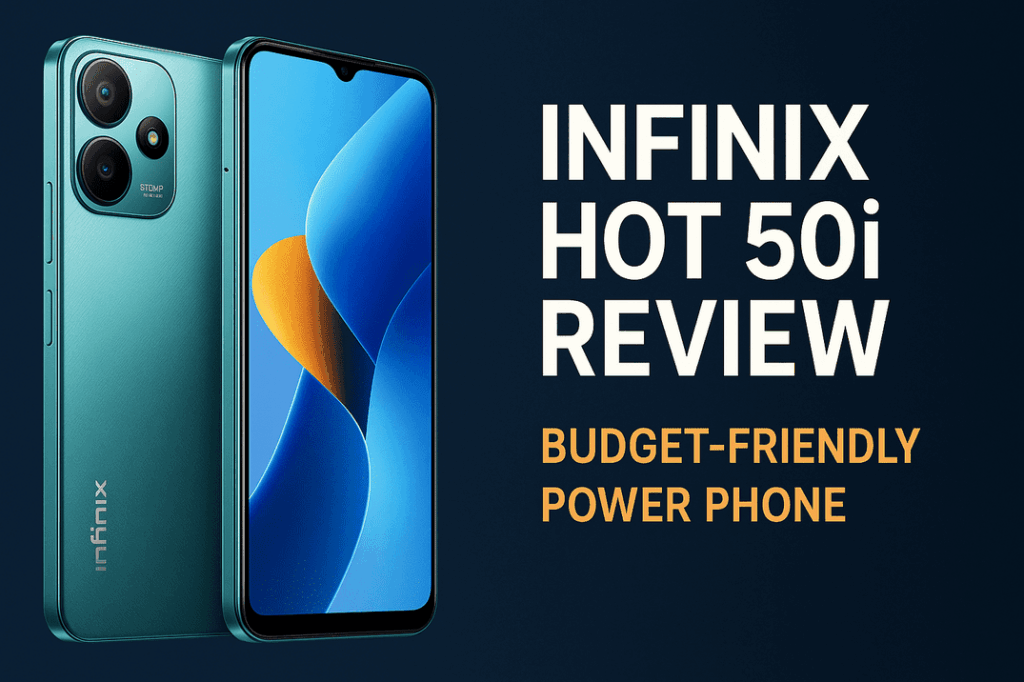In the fast-paced world of smartphone technology, we are conditioned to worship at the altar of numbers. We scan spec sheets with the intensity of an auditor, comparing megahertz, gigabytes, and benchmark scores. The narrative is simple: bigger numbers mean a better phone. Chip manufacturers announce new processors every year, each one promising higher clock speeds and chart-topping performance, feeding into a relentless cycle of incremental upgrades. But every so often, a piece of silicon comes along that represents more than just an incremental step; it signals a fundamental shift in what our devices can do. The Snapdragon 8 Gen 3 was one such chip.
Released in late 2023 to power the flagship Android phones of 2024, the Snapdragon 8 Gen 3 is, as of today in late 2025, no longer the newest kid on the block. The latest flagships now sport their successor. However, this is precisely what makes the 8 Gen 3 more relevant than ever, especially for savvy consumers in Nigeria. The 2024 flagship devices it powers have now become more accessible, entering the “flagship killer” and premium pre-owned markets. This brings a level of intelligent performance, once reserved for the ultra-premium ₦1,000,000+ category, into the hands of more people.
This article isn’t about relitigating benchmark scores. It’s about looking beyond the raw numbers to understand the tangible, real-world magic that the Snapdragon 8 Gen 3 brought to our pockets. It was a chip that pivoted from a singular focus on raw speed to an era of on-device intelligence. It didn’t just make phones faster; it made them smarter. From on-device AI that can create art to a camera system that thinks like a photographer, let’s unpack the real-world power of the chip that is still one of the smartest buys you can make today.
A Quick Refresher: What Was the 8 Gen 3?
Before we dive into its real-world impact, let’s briefly touch on the technical foundation. The Snapdragon 8 Gen 3 was Qualcomm’s flagship System-on-a-Chip (SoC) for the 2024 Android ecosystem. Built on an efficient 4-nanometer process, it featured a sophisticated CPU architecture designed to balance peak performance with all-day power efficiency. But its true claim to fame wasn’t just its main processing cores. Its strength was in its “heterogeneous computing” philosophy—the idea that specialized processors working together are better than one powerful processor doing everything. The chip was a symphony of dedicated engines: the Adreno GPU for graphics, the Hexagon NPU (Neural Processing Unit) for AI, and the Spectra ISP (Image Signal Processor) for the camera, all working in concert. It was this symphony, particularly the massively upgraded NPU, that changed the game.
The On-Device AI Revolution: Your Phone Got a Brain
The single biggest leap forward with the Snapdragon 8 Gen 3 was its profound focus on generative AI, happening directly on the device. For years, complex AI tasks like advanced photo editing or language translation had to be sent to a powerful server in the cloud, requiring a strong internet connection and raising privacy concerns. The 8 Gen 3’s powerful Hexagon NPU was designed to run these complex models locally, a revolution that unlocked a new suite of capabilities.
Real-World Magic 1: The Generative AI Artist in Your Pocket
Imagine typing a simple text prompt—” a Nigerian astronaut in a spacesuit made of Aso Oke, standing on the Lekki-Ikoyi Link Bridge”—and watching your phone generate a stunning, original image in seconds. This was the promise of on-device generative AI. Phones powered by the 8 Gen 3 could run diffusion models capable of creating artwork, presentations, and social media posts from text alone, without ever needing to connect to the internet. For content creators, marketers, or anyone with a creative spark, this was a paradigm shift. It democratized content creation, removing the need for a powerful PC and expensive software.
Real-World Magic 2: Photo Editing That Bends Reality
We’ve all used features like “Magic Eraser” to remove an unwanted photobomber. The 8 Gen 3 took this concept into a new dimension with on-device generative fill. You could not only remove an object from a photo but also expand the photo itself. Did you take a picture that was too tightly cropped? You could simply drag the borders outwards, and the AI would intelligently generate the rest of the scene, filling in the background, extending a building, or completing a landscape. This also applied to moving objects. You could select a person in a photo, drag them to a different spot, and the AI would seamlessly fill in the space they left behind. It was like having a professional Photoshop artist on call, 24/7.
Real-World Magic 3: The Universal Translator
The on-device AI engine also supercharged communication. Imagine being on a business call with a client from France, and your phone provides a real-time, on-screen translation of the conversation. Or watching a video in Korean and getting instant, live captions in English. Because these tasks were handled by the NPU on the phone, they were instantaneous and completely private—your conversations weren’t being sent to a server for processing. This broke down language barriers in a way that was previously the domain of science fiction.
The Camera’s Secret Sauce: The Cognitive ISP
Every smartphone has an Image Signal Processor (ISP) that converts the raw data from the camera sensor into the JPEG photo you see in your gallery. For years, the goal was simply to make a pleasing image. The Snapdragon 8 Gen 3 introduced what Qualcomm called a “Cognitive ISP,” an image processor that doesn’t just see pixels; it understands context.
The key technology here is “semantic segmentation.” In simple terms, when you point your camera at a person standing in a park, the ISP can identify and isolate up to 12 different layers within that scene. It knows what sky is, what foliage is, what skin is, what hair is, what fabric is, and so on. Instead of applying one universal set of processing rules to the entire photo, it can apply custom enhancements to each layer.
What does this mean for your photos? It means the sky can be made a richer blue without making a person’s blue shirt look unnatural and oversaturated. It means it can apply subtle skin smoothing to a face while simultaneously sharpening the texture of the hair and clothing. The result is a photo that looks more realistic, balanced, and professional, almost as if a human photographer had edited each component of the image separately. It’s the reason why photos from 8 Gen 3-powered phones often have that extra “pop” and realism. This intelligent processing also extended to video, enabling features like Night Vision video capture and AI-powered object tracking that could keep a subject in perfect focus, even as they moved around the frame.
Elite Gaming That Doesn’t Melt Your Hands
The mobile gaming scene in Nigeria is more competitive than ever. For serious players of Call of Duty: Mobile, PUBG Mobile, and other demanding titles, performance is everything. The Adreno GPU in the 8 Gen 3 delivered elite-tier gaming performance, capable of running virtually any game at its highest graphical settings.
But as any serious gamer knows, peak performance is meaningless if it can’t be sustained. The real enemy of mobile gaming is thermal throttling—when a phone gets too hot and slows itself down to cool off. This is where the efficiency of the 8 Gen 3’s 4nm process became a crucial advantage. It could deliver that high-level performance for longer periods before heat became an issue. For a competitive gamer, this is the difference between a smooth, responsive experience in the final minutes of a ranked match and a stuttering, laggy mess that gets you eliminated.
Furthermore, the 8 Gen 3 brought hardware-accelerated Ray Tracing to the forefront. Ray Tracing is a sophisticated rendering technique that simulates the physical behaviour of light, creating incredibly realistic reflections, shadows, and lighting in games. While still an emerging technology in the mobile space, it represented a significant leap in graphical fidelity, making games more immersive and visually stunning than ever before. A phone with this chip wasn’t just a communication device; it was a portable gaming console in its own right.
The Unsung Hero: All-Day Power Efficiency
For all the talk of AI and gaming, perhaps the most important real-world benefit of the Snapdragon 8 Gen 3 for the average user in Nigeria is its power efficiency. A powerful chip is useless if it drains your battery by lunchtime. The brilliance of the 8 Gen 3’s architecture was its ability to deliver incredible power while sipping, not gulping, battery.
This efficiency is a product of its advanced 4nm manufacturing process and its intelligent CPU design, which uses different types of cores for different tasks. Simple background tasks are handled by ultra-efficient cores, while demanding tasks wake up the powerful performance cores. This smart allocation of resources has a profound impact on daily use.
This is the chip that lets you leave your home in the morning with a 100% charge, navigate through hours of Lagos traffic with Google Maps running, keep up with dozens of WhatsApp groups, scroll through Instagram, take photos, and still get home in the evening without frantically searching for a power bank, even if PHCN has taken the light. This endurance, this freedom from “battery anxiety,” is arguably the most valuable feature of all. It provides a sense of reliability and confidence in your device that is priceless in our demanding, always-on world.
Conclusion: Why the Snapdragon 8 Gen 3 Still Matters in 2025
In the tech world, we are often fixated on the “newest.” But wisdom lies in recognizing true value. Looking back, the Snapdragon 8 Gen 3 was a landmark achievement. It represented a pivotal moment when the focus of mobile processing shifted from a brute-force obsession with speed to a more nuanced pursuit of intelligent, efficient, and context-aware performance.
So, is a year-old flagship phone powered by the Snapdragon 8 Gen 3 a smart buy in late 2025? The answer is an unequivocal yes. For a more accessible price, you are getting a device whose real-world capabilities are still at the cutting edge. You’re getting an on-device AI powerhouse for content creation and communication, a camera system that thinks like a professional photographer, an elite gaming platform that offers sustained performance, and the all-day battery life that underpins it all.
The legacy of the 8 Gen 3 is not found in old benchmark charts. It’s found in the stunning AI-generated image you created on your commute, the perfectly lit portrait photo that needed no editing, and the confidence of knowing your phone has the power and the endurance to handle whatever your day throws at it. It made our phones not just faster, but genuinely smarter, and that is a power that doesn’t fade with time.


